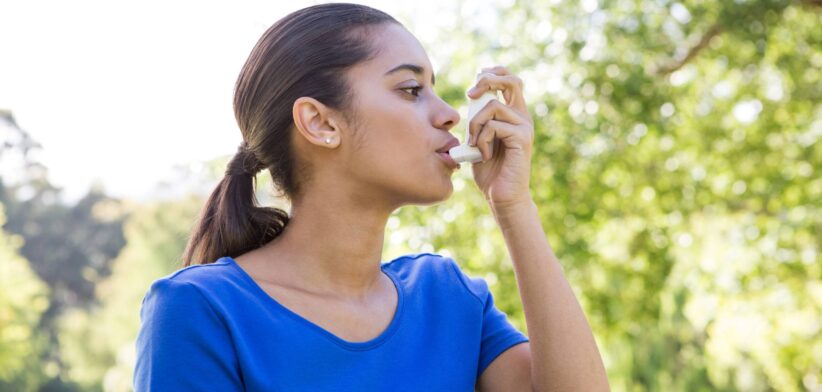Shortness of breath is costing the Australian economy $12 billion every year.
A new study from The George Institute for Global Health in Sydney has looked at the cost of dyspnoea, or shortness of breath that is not associated with strenuous exercise.
Research Fellow Dr Anthony Sunjaya said dyspnoea affected people diagnosed with multiple conditions including chronic obstructive pulmonary disease (COPD, which includes emphysema and chronic bronchitis), lung cancer, silicosis, asthma and heart disease, as well obesity, anxiety, and depression.
Dr Sunjaya said others may have no diagnosed disease.
He said the research found breathlessness drained at least $12 billion from the Australian economy every year in direct health and productivity costs and people living with the condition were more likely to be unemployed and have diminished quality of life.
“The study is the first to calculate accurately the compound societal burden of healthcare expenses and working days lost to breathlessness from any cause. For those with severe breathlessness, the report shows the impact on quality of life is on a par with lung cancer.
“While many studies have looked at the impact on quality of life and productivity of diseases known to cause breathlessness, like COPD or lung cancer, none that we are aware of have explored these economic and social costs in all populations, including people that have no other disease.”
Dr Sunjaya said researchers estimated 10 percent of the adult Australian population was living with breathlessness, a prevalence that was likely to increase due to negative impacts on cardiopulmonary health (heart, vascular and lung systems) from increasing obesity, air pollution, and climate-induced weather events such as bushfire and dust-storms.
“The results are shocking enough, but they are conservative. The data predates COVID-19 and its high respiratory burden and we did not factor in children, who have increasing rates of asthma and obesity and are also going to be impacted by future climate-related events as much as adults,” he said.
He said the Health and economic burden of breathlessness in Australia study found:
- The estimated total annual healthcare use cost for breathlessness was $11.1 billion per annum.
- The total societal cost (adding in productivity losses) was $12.2 billion per annum.
- 10 percent of respondents had clinically significant breathlessness.
- Almost three quarters of these (73.7 percent) were under 65 years, with a mean age of just 43.
- Anxiety was the most common comorbidity.
- People with the most severe breathlessness were 70 percent more likely to be unemployed than those with mild (not clinically relevant) breathlessness.
- Women with breathlessness plus two or more chronic conditions (multimorbidity) were associated with lower employment compared to men with the same level of severity.
- People with breathlessness were twice as likely to need an annual urgent GP visit and 2 to 3 times more likely to need frequent (more than 6 per annum) GP or specialist interactions.








